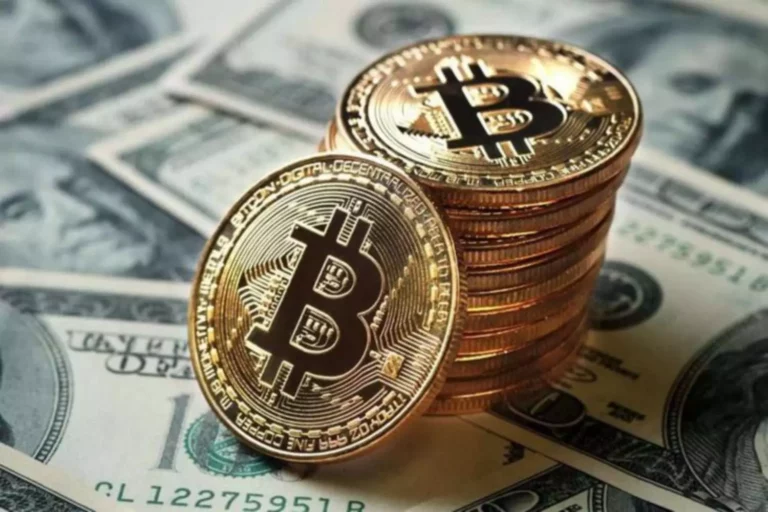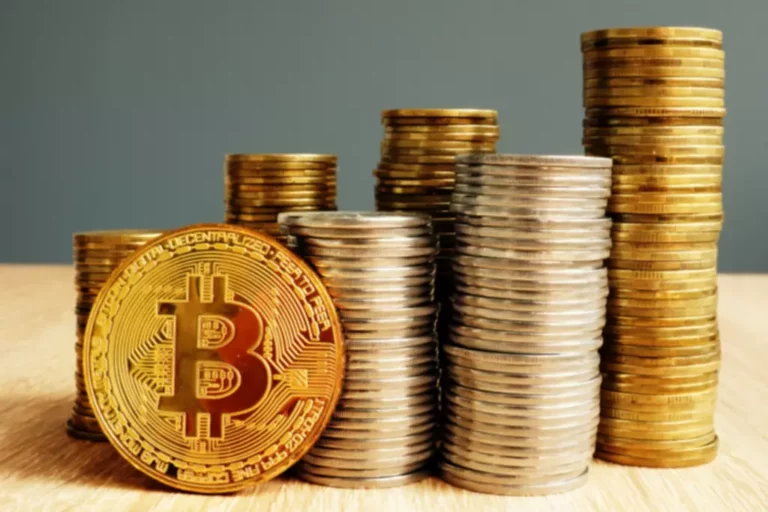Your wallet serves as a digital vault, safeguarding crypto belongings you’ll use to work together with DeFi protocols. Wallet additionally serves as Single sign up for the entire web3 ecosystem. Once you’ve your wallets you don’t need to create accounts wherever else within the web3. When choosing a wallet, investors should prioritize self-custody options.
Staking doesn’t contain gasoline charges or the resolution of any mathematical issues. Thus, it can be mentioned that staking is better for newbies and lower-scale investors. Yield farming is probably the most vital growth driver of the decentralised finance sector, helping it grow to a market cap of $10 billion from $500 million in 2020. The estimated yield farming returns are typically calculated yearly. This forecasts the returns, which you can anticipate over a year. However, it’s worth noting that nearly all lenders are speculators seeking arbitrage opportunities by cashing in on a token’s fluctuations in the market.
What Are The Risks And Issues For Yield Farming?
From ideation to deployment, we cowl each facet of the development course of with professionalism and experience. We create resilient architectures that lay the foundation for your platform’s success. From ideation to necessities locking, our experts information you through the development course of swiftly.

That’s why yield farming DAI or ETH could be a good transfer since each coins are well-liked in the intervening time. Both yield farming and staking have led to raised outcomes for crypto investors. Yield farming specifically is a highly lucrative possibility, but only if you accept the dangers that come together with it. Staking is on the opposite aspect, the place you’ll have the ability to earn a steady stream of earnings with a relatively low danger of losses. In the tip, the selection is determined by your expertise and your preferences as an investor.
Understanding The Risks And Rewards Of Yield Farming: A Complete Guide
This volatility can lead to temporary losses in your funds, which become everlasting if you decide to withdraw them. The next step includes staking your crypto in the proper proportion while exercising proper due diligence. Many platforms hold accumulating your rewards and require you to gather them manually. SushiSwap additionally has distinctive packages like the “Onsen,” which offers boosted rewards for specific token pairs.

Yield farming is extra relevant in decentralized finance because of the high flexibility it offers over conventional finance. Another aspect differentiating yield farming from conventional interest-making investments is the yield itself. These huge returns carry the luggage of excessive danger and volatility. Apart from that, you are often uncovered to scammers making an attempt to dupe you off your funds. Yield farming cryptos lets customers develop their funding whereas also having constructive effects on the overall state of a coin. Once money gets added to the liquidity pool, rates of interest may even rise if the demand is high.
Services
Staking is a protected method to make steady returns via a platform you assist. If you select well-established blockchains to stake on, the chances of failure are very low. But the anticipated returns of staking also defi yield farming development replicate this low threat. Staking can start generating returns immediately with each block that’s validated. On platforms like Ethereum, a block reward is distributed each 12 seconds.
Unlike custodial wallets, the place third parties handle your funds, self-custody wallets place you in complete control. Yield farming works by first letting an investor stake their cash by using a decentralised app (dApp) to deposit them right into a lending protocol. After that, different investors can borrow the coins through a dApp for speculation.
What Are The Various Kinds Of Yield Farming?
You can hold yourself up to date with the most recent crypto information on ZebPay blogs. It can be used to vote on governance proposals made by the neighborhood. Now that you know the way these protocols function, it’s time to dive into some examples.

They can even stake these UNI tokens within the protocol to earn additional yield. In the decentralized finance (DeFi) trade, one of the newest and hottest topics is Yield farming. Yield farming additionally popularly often recognized as liquidity mining, permits traders to earn additional tokens or equivalent rewards within the DeFi app platform for his or her position. However, in contrast to the banking system, DeFi makes use of good contracts where the deposited crypto is invested mechanically and the consumer begins incomes curiosity. With this technique of passive investing, buyers can revenue from rewards, transaction charges, interest, and worth hikes. And compared to mining, yield farming doesn’t require any kind of preliminary investment aside from the cryptos already in your wallet.
The amount of liquidity can change fast as customers supply liquidity and pull their crypto tokens from the pool. Lower liquidity leads to higher slippage; customers will obtain less cash than anticipated when promoting crypto tokens into the pool. Staking swimming pools are platforms where cryptocurrency holders can pool their property to participate in the community’s consensus mechanism.
This can all be done via a single platform like Aave or Compound, which makes the process simpler to handle. For some reason, fraudsters have a tendency to remain a step forward of retail traders. DeFi yield farming is home to a few of the biggest scams on this area. If you think that we’re spreading paranoia, here’s a website that tracks frauds and scams on this domain. There is certainly a studying curve involved, however that’s pretty much the requirement. Gone are the times when crypto was confined to a select few good of us over the web.
Defi Yield Farming Development
They take your money and lend it to someone else (your money here is safe because of collateral deposited by the borrower). Other protocols merely incentivize the participants to set up cash pools where traders would come and exchange their property. Crypto customers deposit two crypto tokens on a decentralized exchange to offer liquidity. DEXs cost a payment to swap the 2 tokens, that are paid to LPs or liquidity suppliers.
DeFi, or Decentralized Finance, offers a myriad of funding alternatives for these navigating the crypto landscape. Understanding the intricacies of DeFi could be the vital thing to unlocking its vast potential. In this article,, we’ll delve into the “how-to” of investing in DeFi, exploring various methods that buyers can employ to maximize returns.
